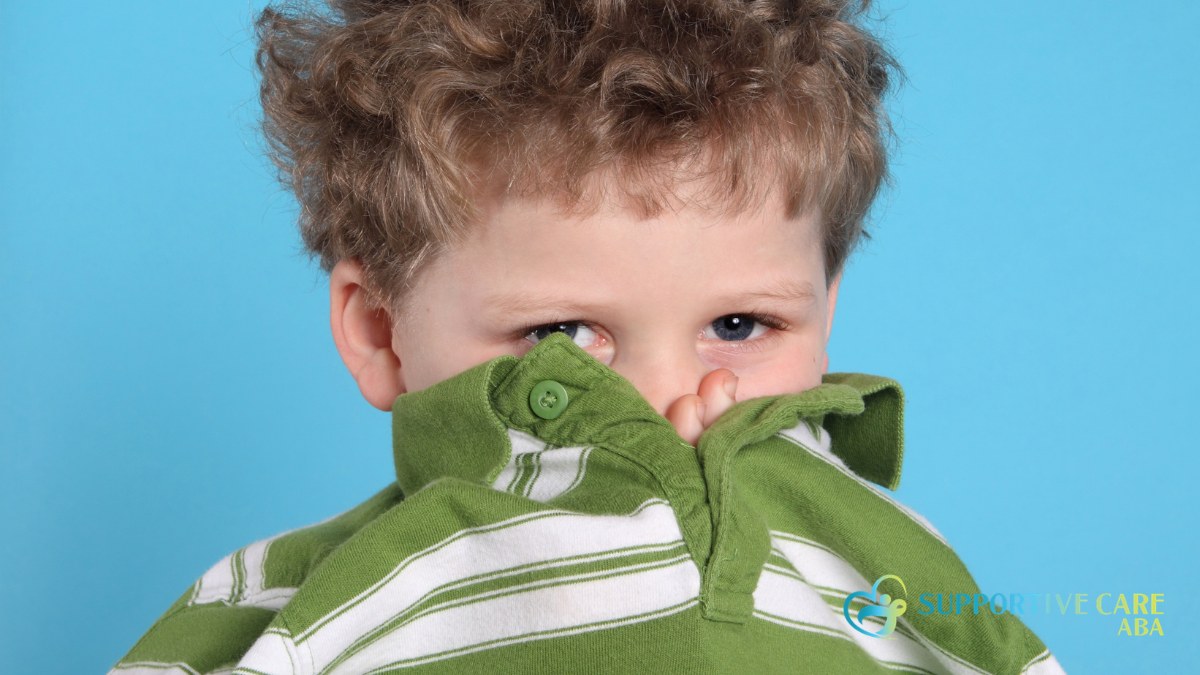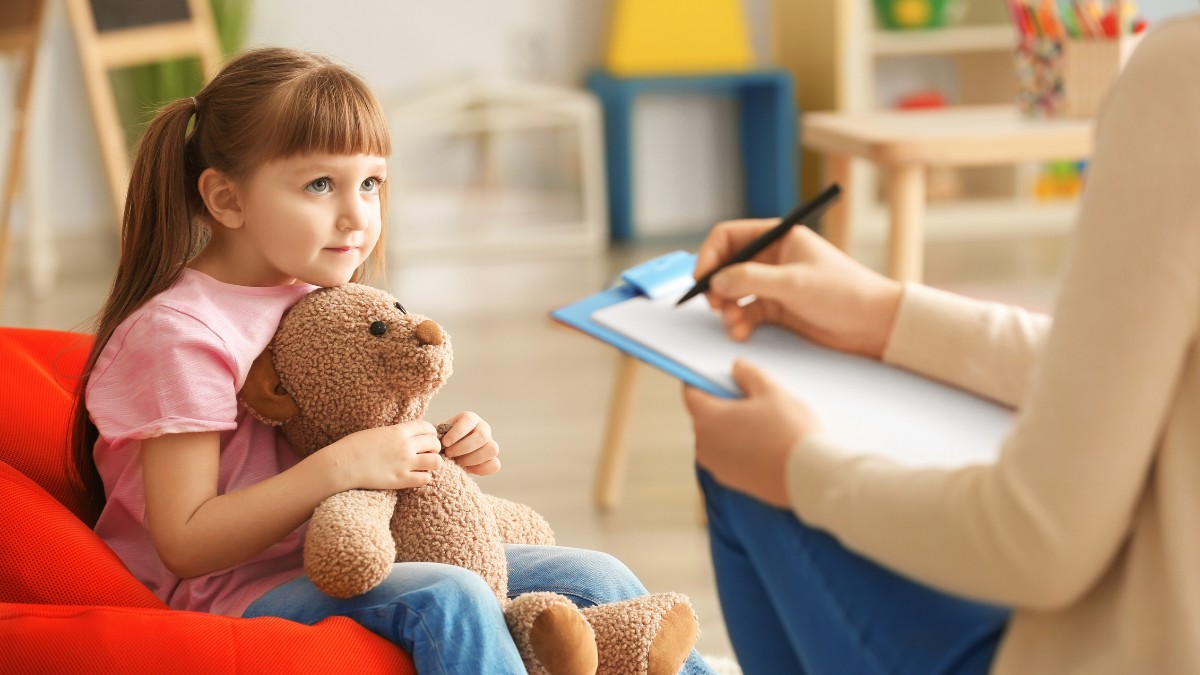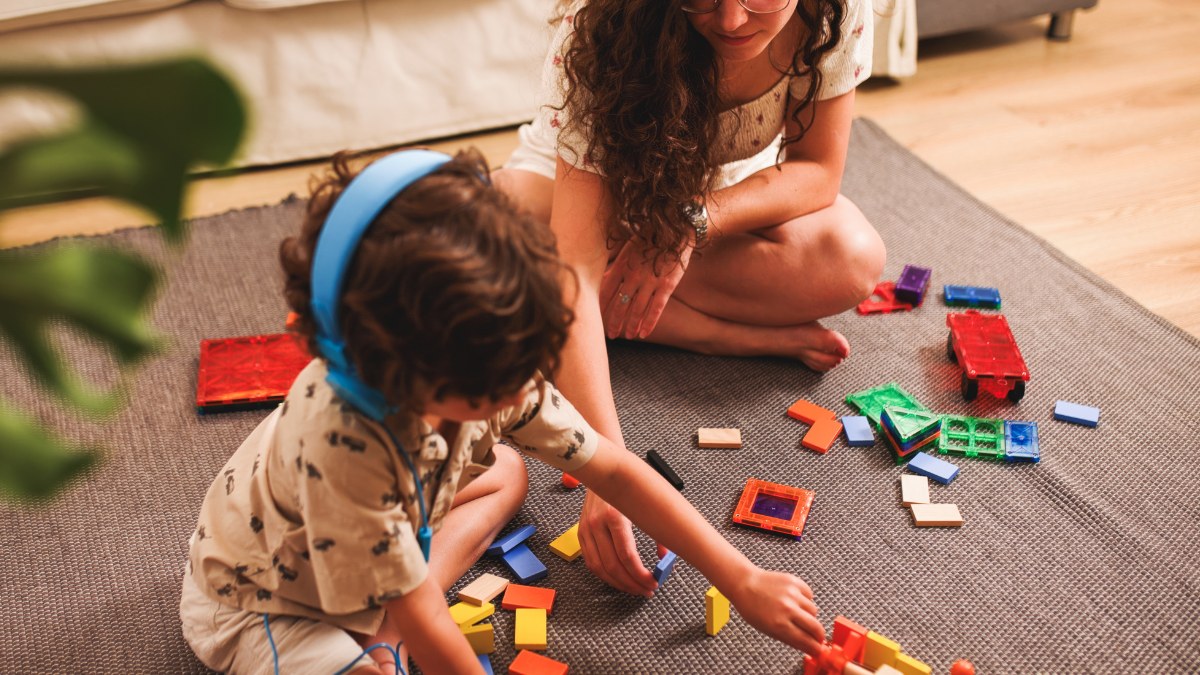Anxiety vs Autism: Key Differences Explained
Discover the key differences between anxiety and autism, signs to watch for, and strategies to support loved ones navigating these challenges.

Anxiety vs Autism: Key Differences Explained
Key Points:
- Anxiety and autism can share behaviors but stem from different neurological and emotional mechanisms.
- Recognizing signs of anxiety versus autism helps parents respond with appropriate support strategies.
- Evidence-based interventions like ABA therapy can address challenges in social communication, emotional regulation, and adaptive skills.
Understanding the difference between anxiety and autism can feel overwhelming for many parents. Both conditions can involve avoidance behaviors, social challenges, and emotional outbursts, but they arise from very different causes and require distinct approaches. Misinterpreting one for the other can delay critical support or intervention, which is why clarity matters.
In this article, we’ll explore the nuances of anxiety versus autism, highlight key signs to watch for, and provide actionable strategies parents can use to support their child effectively.
Understanding Autism and Anxiety: The Basics
Autism spectrum disorder (ASD) is a neurodevelopmental condition characterized by differences in social communication, sensory processing, and behavior patterns. Anxiety, on the other hand, is an emotional state characterized by excessive worry or fear, which can affect people both with and without autism.
While autism is present from early childhood and influences the way a person experiences the world, anxiety may develop at any age and often arises in response to specific stressors or environmental pressures. Some children with autism also experience anxiety, which can make distinguishing between the two even more challenging.
ABA therapy programs, such as those offered by Supportive Care ABA, can be highly effective for children with autism, helping them navigate social, emotional, and behavioral challenges while simultaneously addressing anxiety-related behaviors when present.

Key Differences in Social Interaction
One of the most noticeable areas where autism and anxiety differ is in social interaction. Understanding these distinctions can help parents identify the root cause of behaviors they observe.
Autism and Social Interaction
Children with autism may:
- Struggle with social cues: They may have difficulty understanding facial expressions, tone of voice, or gestures, leading to misunderstandings in social situations.
- Prefer predictable routines: Social interactions that deviate from routine can be overwhelming or uncomfortable.
- Show limited interest in peer relationships: While some children with autism desire social connections, their approach may appear awkward or unusual.
Anxiety and Social Interaction
Children experiencing anxiety may:
- Avoid social situations due to fear: Social anxiety can cause avoidance behaviors, nervousness, or reluctance to participate in group activities.
- Worry excessively about judgment: They may fear embarrassment or negative evaluation, leading to hesitation or withdrawal.
- Appear shy or inhibited: Unlike autism, the underlying social skills may exist, but anxiety blocks their ability to use them comfortably.

Communication Patterns: How They Differ
Communication is another critical area where autism and anxiety present differently. While both conditions can involve speech delays or avoidance of verbal expression, the reasons behind these behaviors differ.
Autism and Communication
Children with autism may:
- Use atypical speech patterns: Repetition of phrases (echolalia), unusual intonation, or literal interpretation of language is common.
- Struggle with reciprocal conversation: They may not naturally take turns in conversation or respond to social cues.
- Rely on nonverbal communication: Gestures, pictures, or AAC (augmentative and alternative communication) devices may be preferred.
Anxiety and Communication
Children with anxiety may:
- Speak hesitantly due to fear: Nervousness or worry about saying the wrong thing can lead to quietness or stammering.
- Exhibit selective mutism: They may be comfortable speaking in safe environments (like home) but freeze in public or unfamiliar settings.
- Have intact social understanding: Unlike autism, their difficulty with communication is more about emotional regulation than neurological processing.

Behavior Patterns and Coping Mechanisms
Behavior can provide valuable clues when distinguishing autism from anxiety. While some behaviors may overlap, the underlying motivation is usually different.
Common Behaviors in Autism
- Repetitive movements (stimming): Hand-flapping, rocking, or spinning objects are often self-soothing or a way to process sensory input.
- Rigid routines: Difficulty with transitions or changes in daily schedules.
- Intense interests: Deep focus on specific topics or objects.
- Sensory sensitivities: Over- or under-reactivity to sounds, textures, lights, or other sensory stimuli.
Common Behaviors in Anxiety
- Avoidance or withdrawal: Avoiding situations that trigger fear, such as school presentations or social gatherings.
- Physical symptoms of stress: Stomachaches, headaches, rapid heartbeat, or restlessness during anxiety-provoking situations.
- Excessive worry or perfectionism: Fear of making mistakes or negative outcomes.
- Need for reassurance: Seeking repeated confirmation from parents or caregivers to feel safe.
Recognizing these distinctions allows parents to tailor interventions appropriately. For instance, rigid routines in autism may benefit from structured ABA therapy strategies, while anxiety-driven avoidance might be addressed with gradual exposure and coping skills.

Emotional Regulation Differences
Understanding how children manage emotions is key to differentiating autism and anxiety.
- Autism: Emotional outbursts often stem from sensory overload, difficulty communicating needs, or frustration with changes in routine. Children may struggle to identify or express emotions accurately.
- Anxiety: Emotional responses are usually tied to fear or worry about future events. The child may become tense, restless, or avoidant when anticipating stressful situations.
ABA therapy can help children with autism develop emotional regulation skills. Techniques like visual support, social stories, and reinforcement of coping strategies can reduce frustration and anxiety simultaneously, improving overall well-being.
Overlapping Symptoms: When Confusion Arises
It’s important to note that autism and anxiety can coexist. Children with autism are at a higher risk of developing anxiety disorders due to social challenges, sensory sensitivities, or unpredictable environments.
Key overlapping signs include:
- Avoidance of social situations
- Difficulty managing stress
- Behavioral meltdowns or withdrawal
- Sleep disturbances
Understanding whether these behaviors are primarily anxiety-driven, autism-related, or a combination of both requires careful observation, developmental history, and sometimes professional assessment.
Practical Strategies for Parents
Parents play a central role in supporting children navigating autism or anxiety. The following strategies provide practical guidance:
- Observe and document behaviors: Track triggers, patterns, and responses to stressors. Documentation helps professionals design targeted interventions.
- Establish predictable routines: Predictability reduces stress for both autistic children and those with anxiety. Use visual schedules and clear cues.
- Teach coping skills: Deep breathing, mindfulness, or sensory breaks can help children manage anxiety or sensory overload.
- Use positive reinforcement: Rewarding small successes encourages children to try new behaviors and practice social or communication skills.
- Collaborate with professionals: Work with BCBAs, therapists, and educators to develop individualized plans that address both autism-related challenges and anxiety symptoms.
When to Seek Professional Support
Early support makes a significant difference in outcomes. Consider seeking professional guidance if your child:
- Shows persistent social or communication difficulties
- Avoids many social situations due to fear
- Exhibits frequent meltdowns or emotional distress
- Struggles with daily routines, sensory sensitivities, or extreme fixations
A thorough assessment can help distinguish autism from anxiety and provide a roadmap for targeted interventions, including ABA therapy for skill-building, emotional regulation, and social development.

How ABA Therapy Supports Children with Autism and Anxiety
Applied Behavior Analysis (ABA) therapy is an evidence-based approach that helps children build important skills while addressing challenging behaviors. ABA can:
- Break complex social or communication skills into manageable steps
- Reinforce coping strategies for anxiety and frustration
- Provide structured learning opportunities that reduce stress and confusion
- Encourage independence in daily routines, adaptive behaviors, and social interactions
Supportive Care ABA offers programs designed to embrace each child’s unique strengths and needs. Through individualized strategies, ABA therapy helps children navigate social challenges, build confidence, and develop meaningful communication skills.
Whether your child is working on managing anxiety in social settings, improving communication, or adjusting to changes in routine, ABA therapy provides practical tools and measurable progress.
Families can reach out to us to explore ABA therapy programs in Indiana, Georgia, North Carolina, Virginia, Oklahoma, and Kansas.








%20(1).jpg)
.jpg)
.jpg)
.jpg)
.jpg)
.jpg)
.jpg)